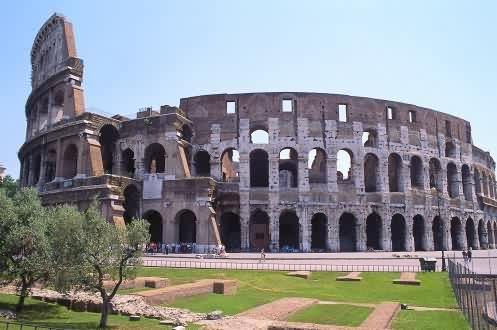Costa Calida
Thursday, September 13th, 2007
A visit to Costa Calida may not be quite the same as visiting the better known Costa Brava, but it is still one of the better places to visit in Spain. So, if you do decide to visit Costa Calida makes sure to check out Aguilas F.C. Museum that is a must for every soccer enthusiast, and there is also an ethnic museum of miniatures known as Angel Reinon, while over in Lorca there is the Archaeological Museum where you can find displays of finds from prehistoric times.
In Cartagena, there is the excellent Concepcion Castle that is located very aptly on what is known as Hill of La Concepcion which is but one of a total of five hills that provide protection to the town of Cartagena, and where there is an excellent tourist center as well.
Another top spot worth visiting in Lorca is the Guerra Theater which boasts of being the oldest theater anywhere in the Murcia region having opened up in the year 1861, while if you are in La Manga there is the La Manga Go-kart worth paying a visit to and which is the biggest Go Karting track in this part of the world and which is ideally suited for enjoying a day out.
Another place of interest when in Lorca is the Museum of the Paso Blanco and this building was once a church and which is now the museum of tapestry of the group known as White Pass that is given to participating in the parades when Easter time arrives is certainly a place worth visiting. There is also the Museum of Wine that you could visit at Bullas and this excellent museum that displays locally made wine from Bullas will provide you with valuable knowledge about how wine is made and you can also taste some of the excellent wines made here.
